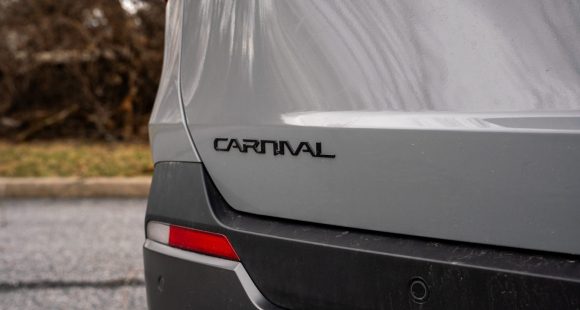Built on Toyota’s New Global Architecture it shares with the Prius, we chose to stick with standard 4-cylinder power, prioritizing fuel economy over the V6’s grunt.
The I4 rates 28-City, 39-Highway, and 32-Combined; yet so far we’re averaging just 28.6. But we do expect that to climb, as we’ve only burned through a few tanks of Regular at this point, at just 920-miles.
So we’ll see over the next year, if its 206-horsepower is enough to satisfy our power-hungry staff.
206 is actually three more than the base Camry, thanks to our XSE’s dual exhaust system. The XSE is the sportiest Camry yet; with very aggressive bodywork, smoke tinted lenses, and gloss trim. And, it’s quickly becoming a very popular item at Toyota dealerships. Hmmmmm… maybe Camry buyers aren’t just appliance shopping after all.





















































































